소개
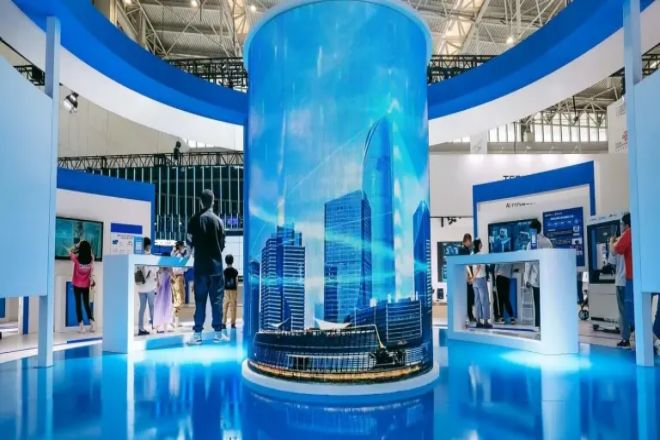
다양한 유형이 있습니다 LED 디스플레이, 각각 고유한 특성이 있습니다. 전통적인 실내 LED 디스플레이에서 새로운 투명하고 유연한 LED 디스플레이까지 각 유형은 고유한 적용 시나리오와 장점을 가지고 있습니다. 전시회에서는 환경적 제약, 시간, 예산 및 기타 요인으로 인해 적절한 LED 디스플레이를 선택하는 것이 특히 중요합니다.
이 글에서는 전시회에서 가장 인기 있는 LED 디스플레이 유형을 살펴보고 시각적 효과, 안정성, 유지 관리 및 설치, 에너지 절약, 환경 보호 측면에서 각 유형의 장점을 분석합니다.
1. LED 디스플레이의 종류와 특성
전시회의 다양한 적용 시나리오에서 LED 디스플레이는 다양한 유형과 고유한 특성을 지닌 필수적인 디스플레이 도구가 되었습니다. 4가지 주요 LED 디스플레이 유형과 각각의 특성은 아래에서 자세히 설명합니다.
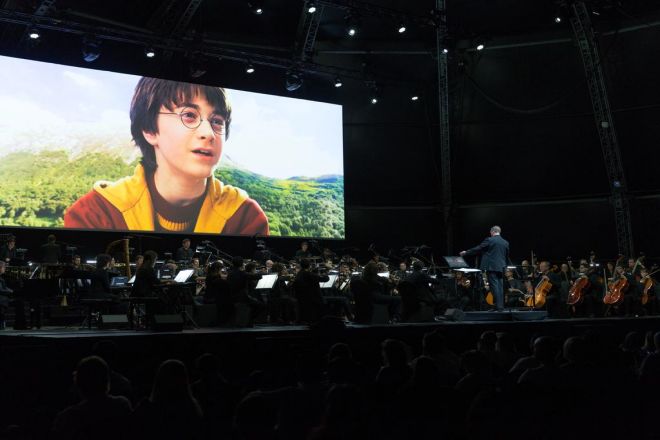
실내 LED 디스플레이는 주로 전시장, 회의실 등과 같은 폐쇄된 실내 환경에서 사용됩니다. 가장 큰 특징은 고해상도와 풍부한 색상입니다. 시야 거리가 일반적으로 더 가깝기 때문에 이러한 유형의 디스플레이의 픽셀 밀도가 더 높아 자세하고 선명한 그림을 얻을 수 있습니다.
동시에 실내 LED 디스플레이의 색 재현성도 매우 높아 밝고 사실적인 색상 효과를 표현할 수 있어 관객에게 강렬한 시각적 충격을 선사합니다.
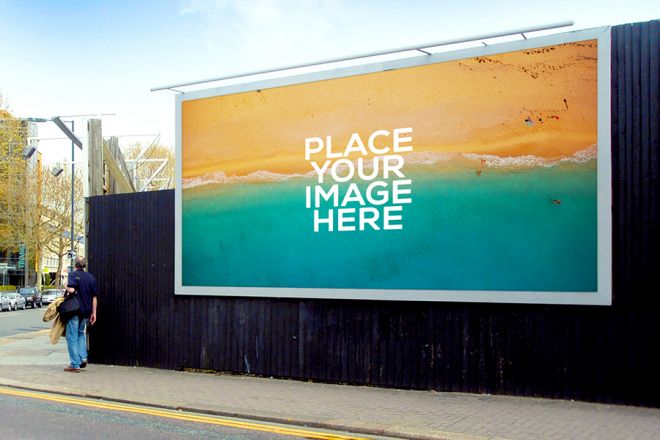
실내 LED 디스플레이와 달리 실외 LED 디스플레이는 주로 광장, 거리 등과 같은 실외 환경을 대상으로 합니다. 이 유형의 디스플레이의 가장 큰 특징은 높은 밝기, 방수 및 방진 성능입니다. 실외 환경의 강한 빛으로 인해 실외 LED 디스플레이는 햇빛 아래에서도 여전히 선명하게 보이도록 높은 밝기가 필요합니다.
동시에 방수 및 방진 설계는 디스플레이를 혹독한 기상 조건으로부터 효과적으로 보호하고 안정적인 작동을 보장합니다.
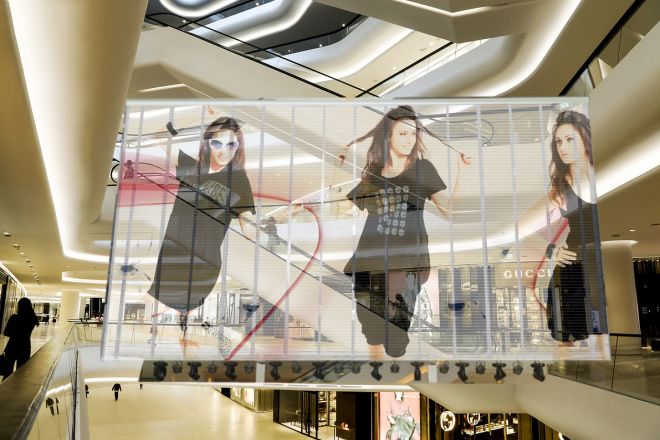
투명 LED 디스플레이는 독특한 디자인을 가진 디스플레이 유형입니다. 가장 큰 특징은 투과성이 높고 배경과 통합되어 매달리고 3차원적인 시각 효과를 만들 수 있다는 것입니다. 이러한 종류의 디스플레이 스크린은 종종 쇼핑몰 창문, 유리 커튼월 및 기타 장소에 사용되며 원래 공간의 투명성에 영향을 미치지 않고 추가 디스플레이 콘텐츠를 추가할 수 있습니다.
동시에 투명 LED 디스플레이는 공간감을 높여 관객이 기술이 가득한 미래 세계에 있는 것 같은 느낌을 줄 수도 있습니다.
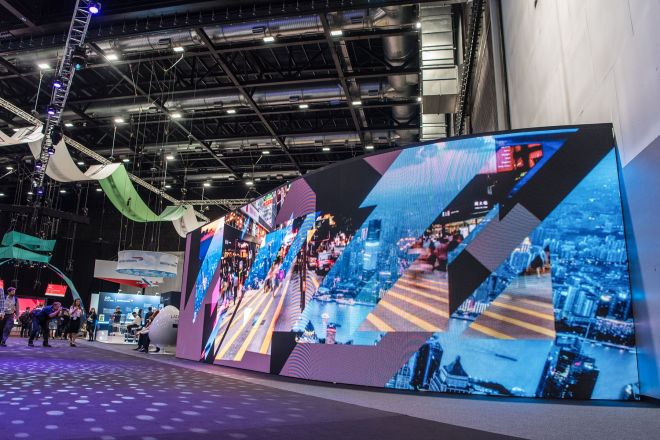
유연한 LED 디스플레이는 구부릴 수 있고 다양한 모양으로 제공되는 디스플레이 유형입니다. 가장 큰 특징은 유연성과 창의성입니다. 유연한 LED 디스플레이는 필요에 따라 아크, 파도 등 다양한 모양으로 구부릴 수 있어 전시에 더 풍부한 시각적 경험을 제공합니다.
동시에, 고유한 모양과 디자인으로 인해 유연한 LED 디스플레이는 창의적인 디스플레이와 개인화된 맞춤화에 자주 사용되어 관객의 관심을 끌고 깊은 인상을 남길 수 있습니다.
2. 전시용 LED 디스플레이 선정 기준
전시회 준비 과정에서 LED 디스플레이 스크린을 선택하는 것은 매우 중요합니다. 적합한 LED 디스플레이는 전시회의 시각적 효과를 향상시킬 뿐만 아니라 전시회의 원활한 진행을 보장할 수 있습니다. 전시회 LED 디스플레이를 선택할 때 고려해야 할 네 가지 주요 기준은 다음과 같습니다.
1) 시각적 효과
시각적 효과는 LED 디스플레이를 선택할 때 고려해야 할 첫 번째 요소입니다. 선명도, 밝기, 대비는 시각적 효과를 평가하는 데 중요한 지표입니다.
명쾌함: 고화질은 시청자가 가까운 거리에서 볼 때 화면의 콘텐츠를 명확하게 볼 수 있도록 보장합니다. 따라서 LED 디스플레이를 선택할 때는 선명도 요구 사항을 충족하도록 픽셀 밀도와 해상도에 주의해야 합니다.
명도: 전시회의 주변광은 장소와 시간대에 따라 다를 수 있습니다. 따라서 LED 디스플레이의 밝기는 다양한 조명 조건에 적응할 수 있어야 어떠한 상황에서도 밝고 선명한 그림을 보장할 수 있습니다.
차이: 높은 대비는 그림을 더 생생하게 만들고 색상을 더 풍부하게 만들 수 있습니다. LED 디스플레이를 선택할 때는 그림의 레이어링과 3차원성을 보장하기 위해 대비 매개변수에 주의해야 합니다.
2) 안정성 및 신뢰성
전시 기간 동안 LED 디스플레이 화면은 장시간 작동해야 하므로 안정성과 신뢰성은 디스플레이 화면을 선택할 때 무시할 수 없는 요소입니다.
안정: 디스플레이는 안정적인 성능을 가져야 하며 고장 없이 장시간 지속적으로 작동할 수 있어야 합니다. 이를 위해서는 디스플레이가 하드웨어와 소프트웨어 모두에서 높은 신뢰성을 가져야 하며 전시 기간 동안 고강도 사용을 견딜 수 있어야 합니다.
신뢰할 수 있음: 디스플레이 화면은 온도, 습도 및 기타 요인의 변동과 같은 전시 환경의 다양한 변화에 적응할 수 있어야 합니다. 동시에 외부 간섭으로 인한 그림 왜곡이나 오작동을 방지하기 위해 높은 간섭 방지 기능도 있어야 합니다.
3) 유지관리 및 설치
전시 기간 동안 LED 디스플레이의 설치, 디버깅, 유지관리는 모두 고려해야 할 문제입니다.
설치 및 제거가 쉽습니다. 디스플레이는 빠른 설치 및 제거를 용이하게 하도록 설계되어야 합니다. 이는 전시 준비 시간을 절약할 뿐만 아니라 전시 후 분해 및 운반도 용이하게 합니다.
조정 및 유지 관리가 쉽습니다. 디스플레이 화면은 전시 기간 동안 필요에 따라 각도, 높이 등을 조절할 수 있도록 유연한 조절 기능을 가져야 합니다. 동시에, 고장이 발생할 경우 적시에 수리 및 교체할 수 있도록 유지 관리가 용이해야 합니다.
4). 에너지 절약 및 환경 보호
오늘날 친환경 전시가 주창되면서 LED 디스플레이를 선택할 때 고려해야 할 요소로 에너지 절약과 환경 보호도 고려되어야 합니다.
낮은 에너지 소비: 디스플레이 화면은 에너지 소비를 줄이고 환경에 미치는 영향을 줄이기 위해 에너지 절약형 디자인을 채택해야 합니다. 동시에, 좋은 시각 효과를 제공하는 동시에 낮은 에너지 소비를 보장하기 위해 높은 에너지 효율 비율을 가져야 합니다.
환경 친화적인 소재: 디스플레이 화면의 제조 재료는 환경 보호 요구 사항을 준수해야 하며 유해 물질의 사용을 피해야 합니다. 이는 환경을 보호하는 데 도움이 될 뿐만 아니라 제품 안전성과 신뢰성을 향상시킵니다.
3. 전시장 내 가장 효과적인 LED 디스플레이 화면 분석
전시회의 특수한 환경에서 LED 디스플레이의 성능은 전시업체의 주목을 끌고, 기대하는 홍보 효과를 가져올 수 있는지의 여부를 직접적으로 결정합니다.
위에서 언급한 선정 기준에 따라 전시회에서 다양한 유형의 LED 디스플레이의 성능을 비교 분석하고, 특정 사례와 결합하여 가장 성능이 좋은 LED 디스플레이의 실제 적용 효과와 향후 개발 동향을 논의합니다.
우선 시각적 효과의 관점에서 볼 때, 높은 해상도와 색상 채도를 지닌 실내 LED 디스플레이 화면은 근거리에서 볼 때 최고의 선명도와 색상 재현을 제공하여 관객에게 강렬한 시각적 충격을 안겨줍니다.
높은 밝기와 혹독한 기상 조건을 견딜 수 있는 기능을 갖춘 실외용 LED 디스플레이 화면은 실외 환경에서도 뛰어난 시각 효과를 유지합니다.
높은 투과성과 독특한 디자인을 갖춘 투명 LED 디스플레이 스크린은 전시를 위한 공간감과 기술 감각을 만들어냅니다. 구부릴 수 있고 다양한 모양을 갖춘 유연한 LED 디스플레이는 전시에 더 풍부하고 창의적인 디스플레이를 제공합니다.
특정 전시 사례에서 볼 수 있듯이, 가장 효과적인 LED 디스플레이는 전시 테마, 환경, 관객의 요구 사항과 완벽히 통합될 수 있는 디스플레이입니다.
예를 들어, 어떤 기술 전시회에서는 고화질, 밝은 색상의 실내 LED 디스플레이를 사용하여 최신 전자 제품을 선보였습니다. 섬세한 화질과 사실적인 색상은 관객에게 몰입감 넘치는 경험을 선사했습니다.
또 다른 야외 자동차 쇼에서는 고휘도 야외 LED 디스플레이를 사용하여 자동차 광고를 재생했습니다. 강력한 시각적 효과와 좋은 날씨 적응성으로 많은 시청자가 멈춰서서 시청했습니다.
미래를 내다보면, 전시용 LED 디스플레이의 개발 추세는 혁신과 개인화에 더 많은 주의를 기울일 것입니다.
한편, 기술의 지속적인 발전에 따라 LED 디스플레이의 해상도, 밝기, 색상 재현성은 더욱 향상되어 관객에게 더욱 충격적인 시각 효과를 제공할 것입니다.
반면, 시장에서 경쟁이 치열해짐에 따라 LED 디스플레이 화면의 디자인은 더욱 다양해지고 개인화되어 다양한 전시 테마와 관객의 요구를 충족시킬 것입니다. 예를 들어, 미래에는 독특한 모양과 구조를 가진 LED 디스플레이가 더 많아질 수 있으며, 관객과 상호 작용하고 소통할 수 있는 스마트 LED 디스플레이도 나올 수 있습니다.
4. 올바른 LED 디스플레이를 선택하는 방법
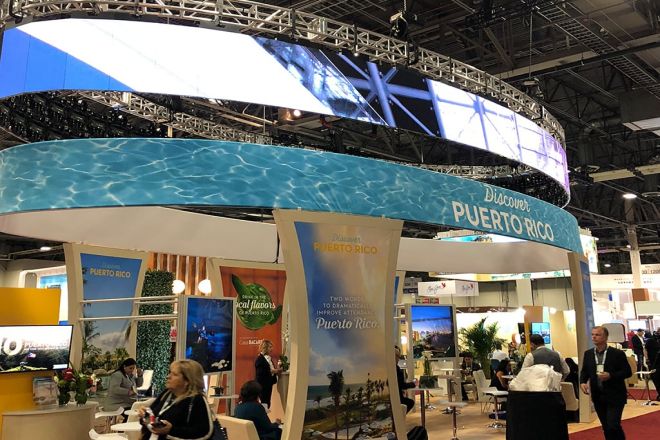
올바른 LED 디스플레이를 선택하는 것은 전시회의 성공에 매우 중요합니다. 투자 수익을 보장하고 예상 결과를 달성하기 위해 전시자는 전시회 테마와 필요에 따라 가장 적합한 LED 디스플레이를 선택하기 위해 여러 요소를 고려해야 합니다. 전시자가 정보에 입각한 선택을 하는 데 도움이 되는 몇 가지 제안이 있습니다.
첫 번째, LED 디스플레이의 종류와 사양은 전시 주제와 필요에 따라 결정됩니다. 전시 주제와 디스플레이 내용이 다르면 LED 디스플레이도 달라야 합니다.
예를 들어, 전시 테마가 기술이나 전자 제품인 경우 제품 세부 정보와 장점을 보여주기 위해 고해상도, 밝은 색상의 실내 LED 디스플레이를 선택해야 할 수 있습니다. 야외 자동차 쇼나 스포츠 이벤트 전시의 경우 고휘도, 내후성 실외 LED 디스플레이가 더 적합할 수 있습니다.
게다가또한, 디스플레이의 크기와 모양도 고려하여 디스플레이 내용과 행사장 환경과 조화를 이루는지 확인해야 합니다.
둘째, 강력하고 경험이 풍부한 LED 디스플레이 공급업체를 선택하세요. 공급업체의 강점과 경험은 제품 품질과 애프터 서비스와 직접 관련이 있습니다. 전시자는 좋은 평판과 맞춤형 솔루션을 제공할 수 있는 공급업체를 선택해야 합니다.
동시에 공급업체의 자격 인증 및 과거 사례를 이해하면 제품 품질과 서비스 수준을 평가하는 데 도움이 됩니다. 공급업체를 선택할 때는 여러 가지 비교를 수행하고 가격, 품질, 서비스 및 기타 측면을 종합적으로 고려하는 것이 좋습니다.
마지막으로, 합리적인 예산을 설정하여 맹목적으로 하이엔드 제품을 추구하고 예산을 초과하지 않도록 합니다. LED 디스플레이 화면의 가격은 유형, 사양, 브랜드 등의 요인에 따라 다릅니다. 전시자는 자신의 필요와 예산에 따라 합리적인 선택을 해야 합니다.
예산을 수립할 때 디스플레이 화면의 구매 비용뿐만 아니라 설치, 디버깅, 유지 관리와 같은 후속 비용도 고려해야 합니다. 동시에, 맹목적으로 하이엔드 제품을 추구하지 말고 실제 필요와 효과에 따라 비용 효율적인 LED 디스플레이를 선택하세요.
결론
전시회에서 LED 디스플레이에 대한 심도 있는 논의와 분석을 거친 후, 우리는 분명한 결론을 내릴 수 있었습니다. 많은 LED 디스플레이 유형 중에서 모든 전시 시나리오에 적합한 유형은 없으며, 특정 전시 테마, 환경, 예산 등 신중하게 고려하고 선택해야 하는 기타 요소에 따라 적합한 유형을 선택해야 합니다.
마지막으로 LED 디스플레이에 대해 더 알고 싶으시다면, 우리에게 연락해주세요.
